The concept of suicide is often viewed as a distinctly human phenomenon, but there are instances in the animal kingdom where self-destructive behaviors appear to mirror suicidal tendencies. This article explores the evidence of suicide in animals, notable species, and instances where such behaviors have been observed.
Suicidal behavior in animals can be complex and is often linked to environmental stressors, social dynamics, or mental health conditions. While it is challenging to define animal suicide in the same terms as human suicide, researchers have documented behaviors that suggest a conscious decision to end one’s life or a lack of will to live.
Observation Time: Commonly reported following the loss of an owner or companion.
Behavior: Dogs may refuse to eat, withdraw from social interactions, or exhibit signs of severe depression. Cases of dogs showing signs of distress after the death of their owners suggest a profound bond and emotional response.
Observation Time: Seen in feral cats or domestic cats that experience significant stress.
Behavior: Cats may engage in self-destructive behaviors, such as over-grooming to the point of harming themselves or refusing food, leading to severe health issues.
dolphins.html">Dolphins
Observation Time: Documented in captivity and occasionally in the wild.
Behavior: There are cases where dolphins have refused to surface for air, seemingly giving up on life after the loss of a companion or experiencing distressing conditions in captivity.
Whales
Observation Time: Notable instances in beached whales, often during mass strandings.
Behavior: When a whale becomes separated from its pod or is injured, it may beach itself. While this is not definitive suicide, it reflects a lack of survival instinct under extreme duress.
Environmental Stressors: Changes in habitat, loss of companionship, and traumatic experiences can contribute to self-destructive behaviors in animals. For example, animals in captivity often exhibit signs of depression and anxiety.
Social Dynamics: Social animals, such as dogs, dolphins, and elephants, may react negatively to the loss of a companion or disruptions in their social structure, leading to behaviors that suggest a will to withdraw from life.
Mental Health Conditions: Just as in humans, some animals may suffer from mental health issues that manifest in self-destructive behaviors. Conditions such as anxiety and depression can impact their well-being and behavior.
While the idea of suicide in animals is complex and not fully understood, there is evidence that some species engage in self-destructive behaviors that suggest a loss of will to live. Factors such as environmental stressors, social bonds, and potential mental health issues play crucial roles in these behaviors. As we continue to study animal behavior, it becomes increasingly clear that the emotional lives of animals are more intricate than previously thought. Understanding these behaviors can foster greater empathy and inform better care practices for animals in both domestic and wild settings.
The phenomenon of collective suicide in animals, while rare, has been documented in several species under specific conditions. This behavior typically arises from extreme stress, environmental changes, or social dynamics. Below are notable instances of collective suicide in the animal kingdom, along with the timeframes of these occurrences.
Notable Instance: Mass strandings of whales, particularly in species like pilot whales and dolphins, have been observed.
Timeframe: Various instances reported over the years, including notable mass strandings in 2006 in New Zealand, where over 400 pilot whales beached themselves.
Behavior: It is believed that strong social bonds lead to one whale beaching itself, prompting others to follow, despite the risks.
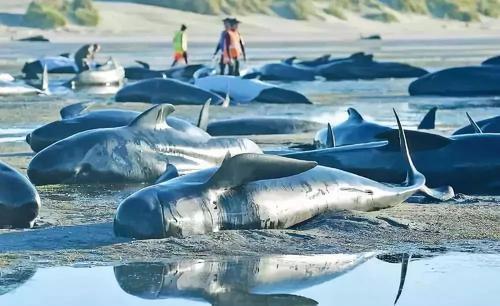
Notable Instance: In 2005, a group of dolphins in a marine park in the UK exhibited behavior that suggested collective suicide.
Timeframe: This specific incident occurred over a short period, but similar behaviors have been noted in various places when dolphins are removed from their social groups.
Behavior: Dolphins in captivity have been observed refusing to eat or surfacing for air, sometimes after the loss of a companion.
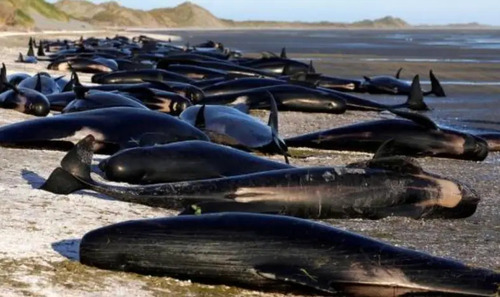
Notable Instance: Certain ant species, such as the Formica species, have been known to engage in "self-sacrifice" behaviors during colony stress.
Timeframe: Observed during events like colony invasion or environmental stress, leading to the sacrifice of worker ants for the colony's survival.
Behavior: Ants may leave the colony to face danger alone, a behavior linked to protecting the queen and remaining workers.
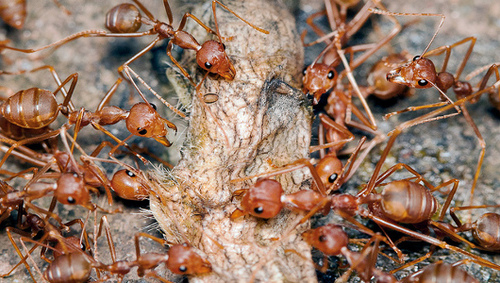
Notable Instance: There have been reports of sheep jumping off cliffs or acting in mass panic, leading to significant casualties.
Timeframe: Incidents have been documented over several years, with notable cases in 2005 in Turkey, where about 1,500 sheep fell to their deaths after one sheep jumped off a cliff.
Behavior: The behavior appears to stem from herd instinct; when one sheep panics, others follow without understanding the danger.
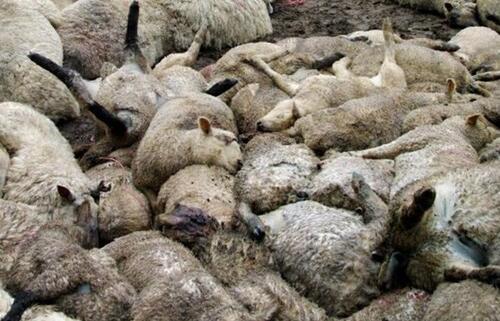
Notable Instance: Schools of fish have been known to swim into nets or traps en masse, leading to their deaths.
Timeframe: Instances occur throughout fishing seasons, with reports of mass fish deaths during overfishing or environmental changes.
Behavior: This behavior can be attributed to confusion, stress, or a lack of individual decision-making in a school environment.
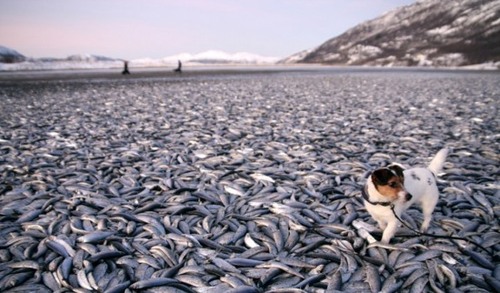
While collective suicide in animals may not be as straightforward as in humans, these instances illustrate how social bonds, environmental stress, and instinctual behaviors can lead to mass self-destructive actions. Understanding these phenomena sheds light on the emotional and social complexities of animal behavior, emphasizing the need for compassion and better management of their environments.
Animals can display self-destructive behaviors that resemble suicide for various reasons, often linked to their emotional and social environments. Here are some key factors contributing to such behaviors:
Habitat Loss: Changes in their environment, such as habitat destruction, can lead to feelings of distress and helplessness.
Captivity: Animals in zoos or aquariums may experience mental health issues due to confinement, leading to self-destructive behaviors.
Loss of Companions: Animals with strong social bonds, like elephants and dolphins, may grieve and show signs of depression after losing a companion, leading to withdrawal or neglect of self-care.
Isolation: Social animals that become isolated from their groups may experience profound loneliness and despair, prompting self-destructive actions.
Anxiety and Depression: Just like humans, animals can suffer from mental health issues. Chronic stress, anxiety, or depression can manifest in self-harming behaviors or a lack of will to live.
Trauma: Animals that have experienced trauma, such as abuse or severe injury, may develop behaviors that indicate a desire to escape their pain.
Herd Behavior: In species that rely heavily on social structures, such as sheep or fish, one individual's panic can lead to mass self-destructive actions, driven by herd instincts.
Survival Decisions: In some cases, an individual may choose to sacrifice itself for the perceived benefit of the group, such as protecting the young or the queen in ant colonies.
Illness or Pain: Animals suffering from chronic pain or terminal illness may exhibit self-destructive behaviors as they seek relief from suffering.
Hormonal Changes: Hormonal fluctuations, especially during breeding seasons, can influence behavior and lead to increased risk-taking or aggression.
While the concept of suicide in animals is complex and not fully understood, it is clear that emotional, social, and environmental factors significantly influence their behavior. Recognizing these underlying causes can help improve animal welfare and inform better care practices, ensuring that both domestic and wild animals lead healthier, happier lives.
animal tags: Suicide
We created this article in conjunction with AI technology, then made sure it was fact-checked and edited by a Animals Top editor.